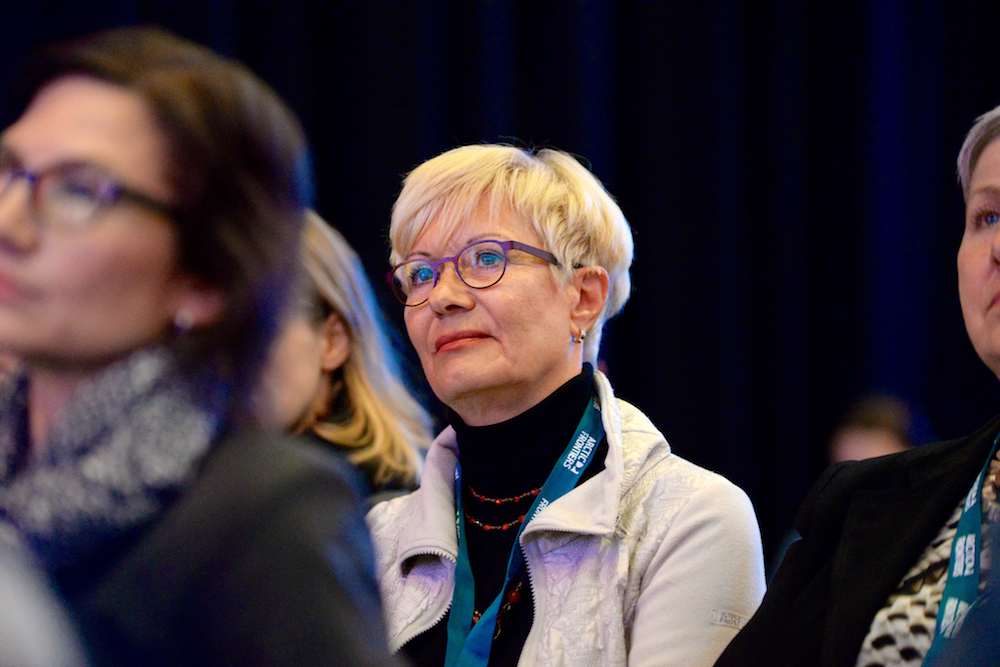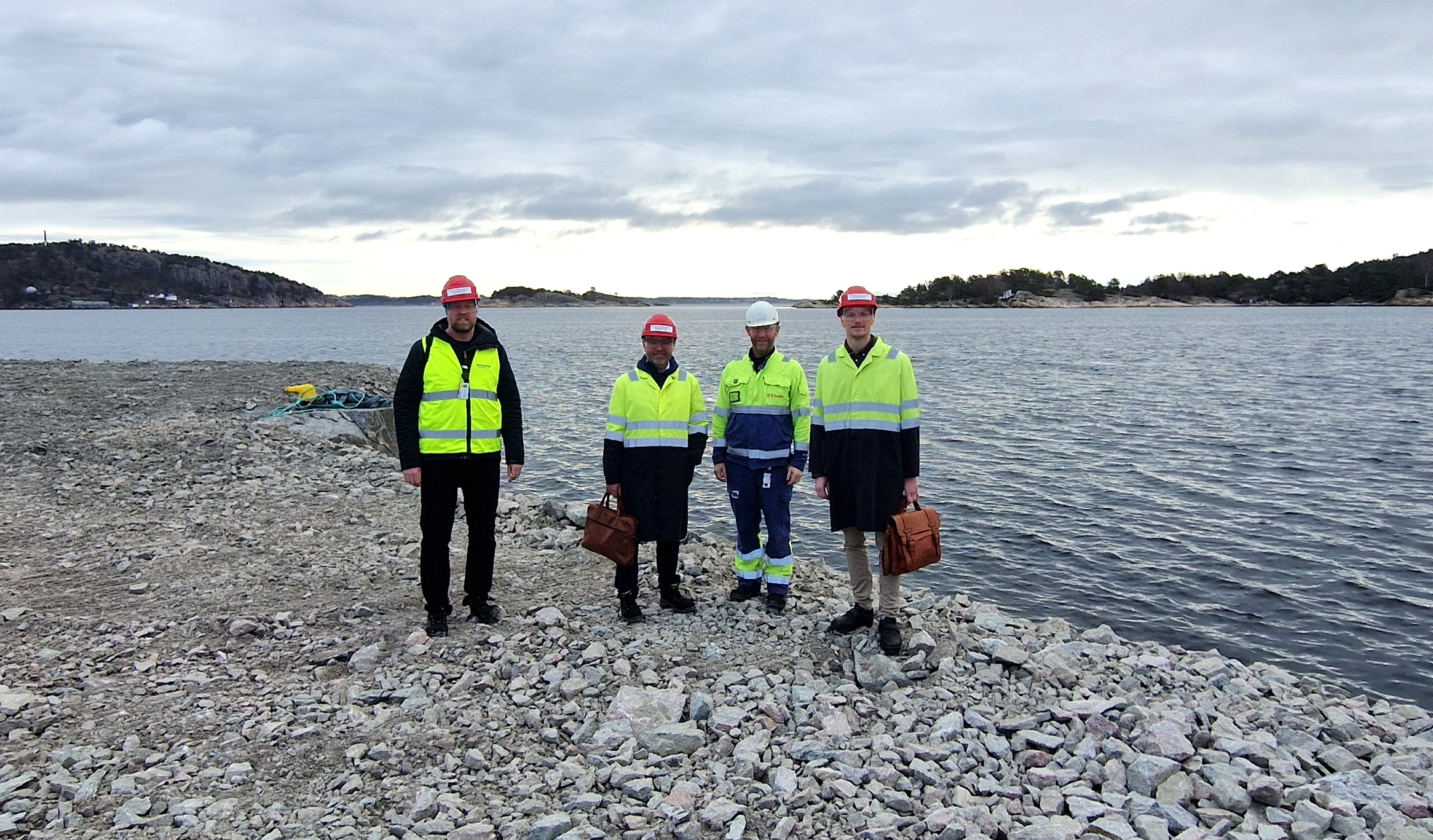There are signs and an increased belief in that oil prices may have bottomed out. This is of course positive for an entire industry, although it remains to see at what level the price will stabilize and how long it will take for the main NODE companies and their suppliers to receive new orders.
As we continue to wait-and-see, we keep adjusting, preparing for a new upturn and exploring opportunities in new markets.
Focus on long-term research, development and innovation (RD&I) has never been higher. NODE is currently running or participating in a total of 18 RD&I projects, spanning from robots to data, from deep sea mining to cost reduction, from material technology to reducing environmental impact.
All programs are aligned to GCE NODE’s two strategic goals: 1) To maintain and increase NODE companies’ global competitiveness within their core products and markets, and 2) To expand NODE companies’ industrial base by extending existing technology and competence to new markets.
Core market projects include digitalization, big data, robotics, automation, decommissioning and new materials. New market projects include offshore wind, subsea mining, aquaculture and geothermal energy. While we are adjusting to the market situation, we need to explore new markets, such as plug & abandonment and a re-opened Iranian market, in which our technology can make a difference with regards to safety, efficiency and profitability.
Our focus on digitalization and automation will ultimately lower cost, increase efficiency and reduce our environmental footprint. An example: When oil companies, operators and suppliers begin to share real time data, it will allow for more work to be done onshore. This will of course reduce labor costs, but it also reduces the need for supply ships, helicopters and electric power, which are steps towards making the industry somewhat greener. It is good for business and good for the environment.
GCE NODE comprises 75 companies. It has never been a goal to become the largest possible cluster, but rather to be an effective cluster with a strong track record for getting things done. Our larger companies have always been the cluster locomotives, most of located here to profit from the highly competent SMEs in our region. Unlike an ordinary long distance train, there is no room for sleeping cars in NODE. Starting this fall, we will monitor which companies are actively participating in the cluster, and which companies are not. The intent is not to reduce the number of NODE companies, but rather to make sure that we utilize the full power and potential of the cluster.
Anne-Grete Ellingsen
CEO, GCE NODE



